Monster Hunter Wilds: Everything We Know About Capcom’s Most Ambitious Monster Hunter Yet
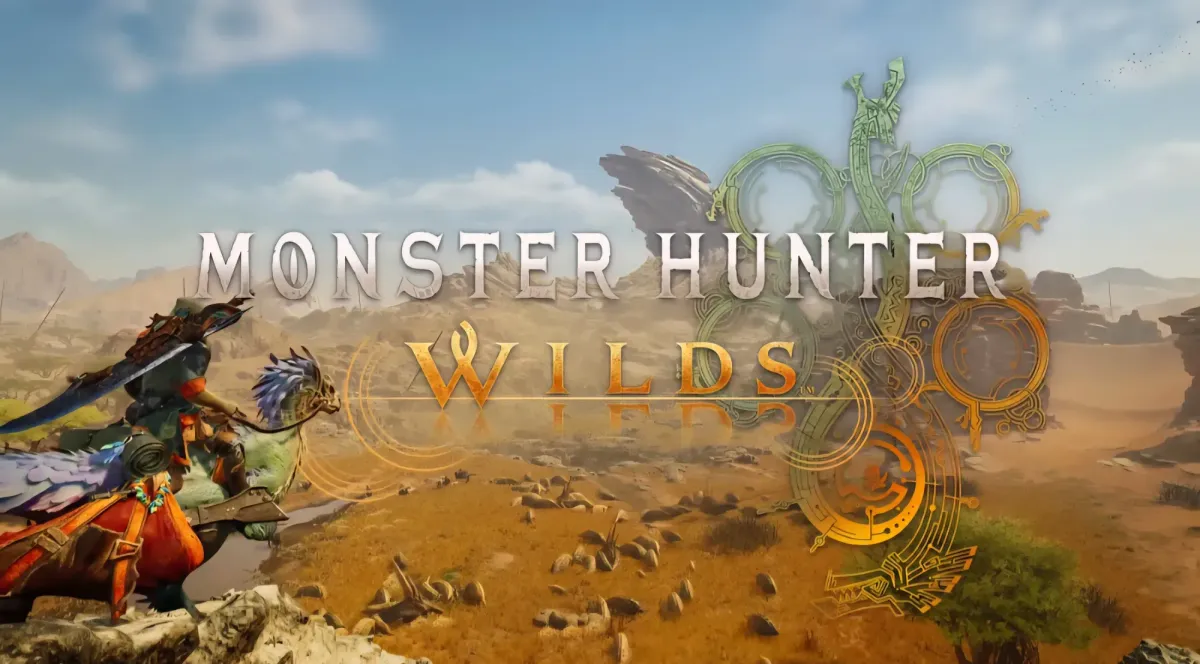
Introduction – A New Era for Monster Hunter
Capcom has kicked the gates wide open with Monster Hunter Wilds—a game that’s already being called the franchise’s boldest leap forward. Think massive open-world biomes, unpredictable ecosystems, and monsters that don’t just exist—they rule their territory. But while hype is sky-high, the game’s early reception proves that even the fiercest hunts can stir up controversy.
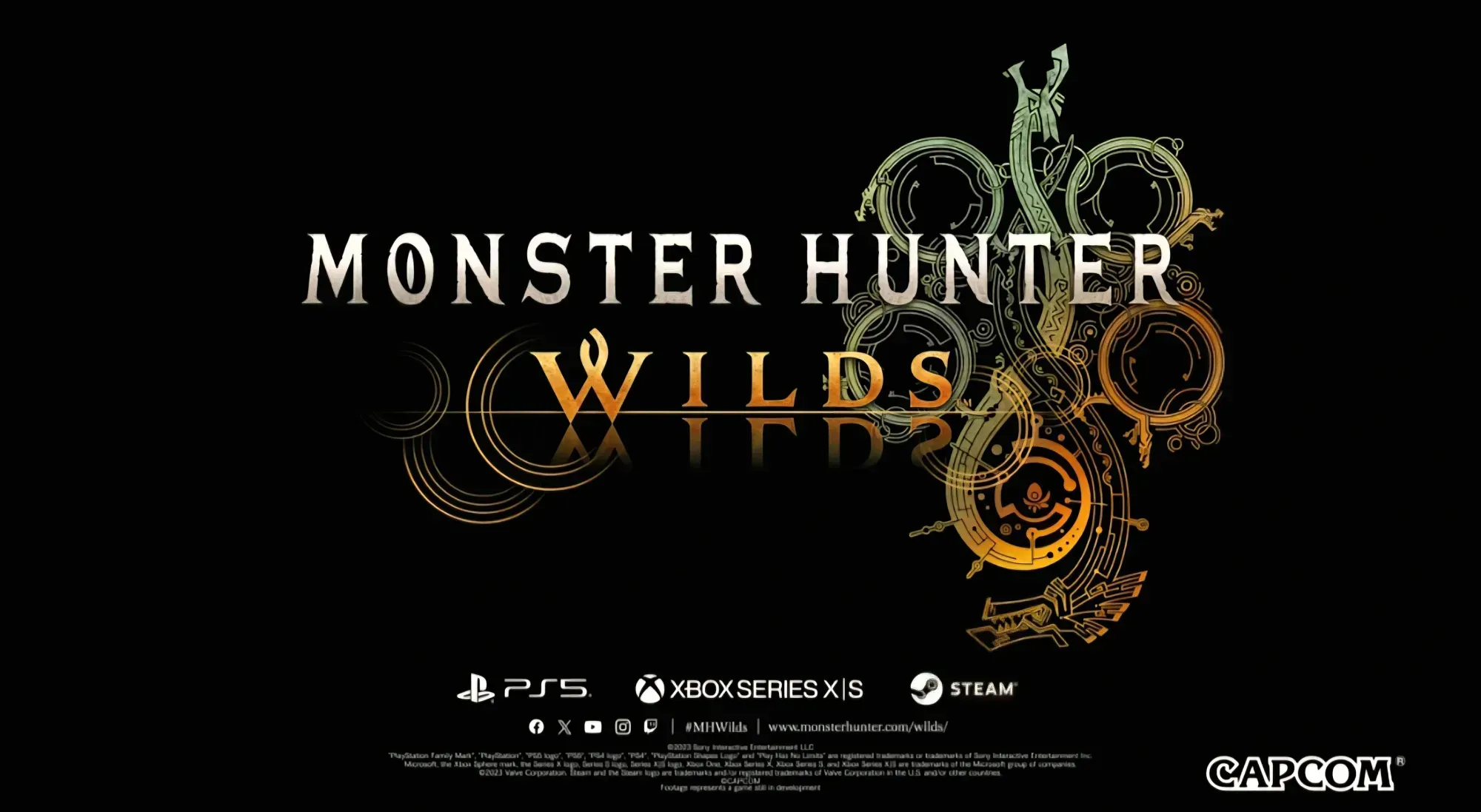
Mark your calendars: Monster Hunter Wilds is set to launch in 2025 on PS5, Xbox Series X|S, and PC (Steam). This is a next-gen only experience—no PS4 or Xbox One version—allowing Capcom to push visuals, AI, and world design beyond last-gen limits.
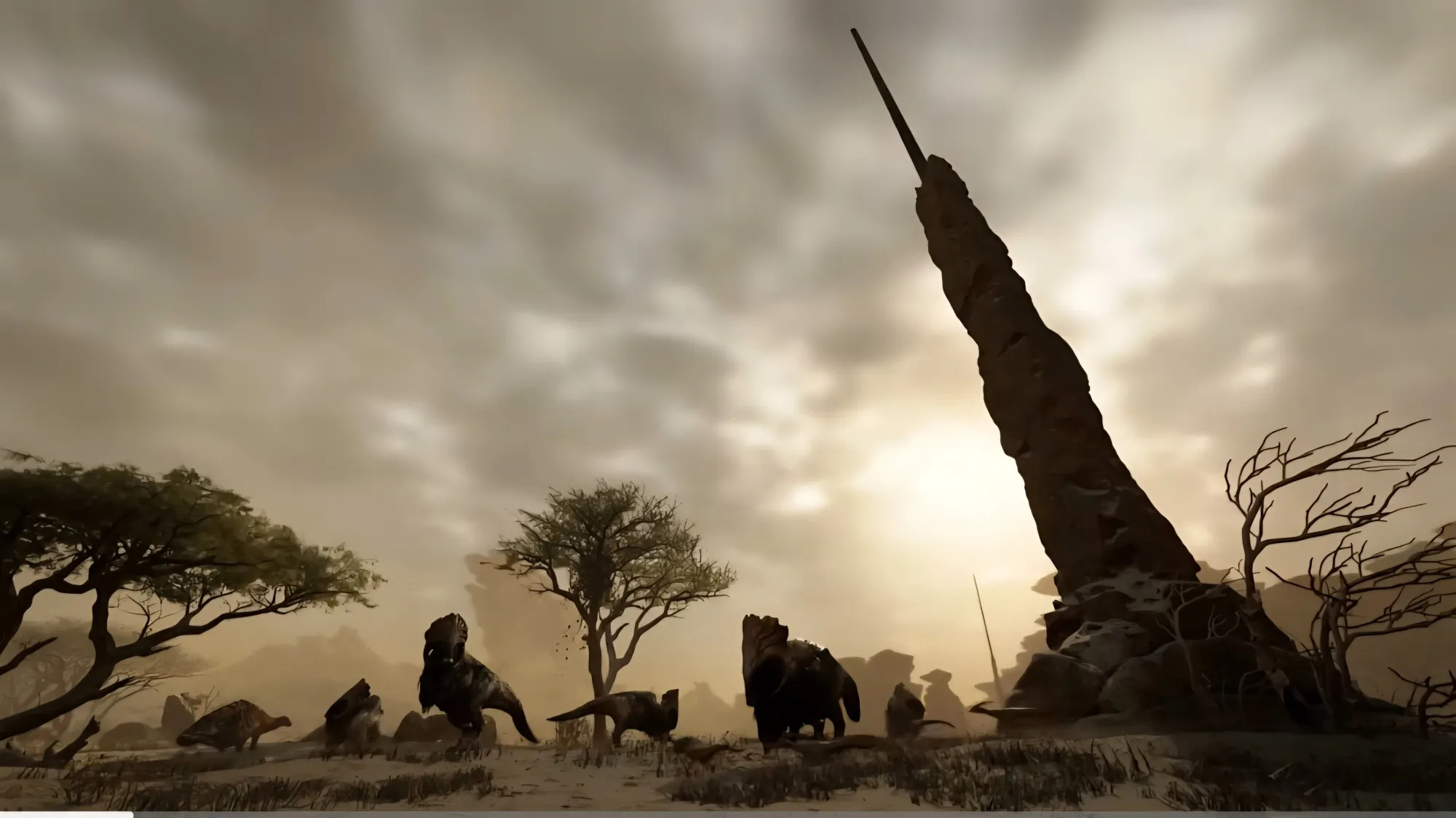
World & Story Setting – Living, Breathing Danger
From blazing deserts to icy tundras, Wilds offers a truly seamless world where every weather shift and ecosystem change can flip a hunt on its head. Sandstorms reduce visibility, blizzards slow your movements, and migrating herds might lead you straight into a predator’s territory. Every decision in the field matters.
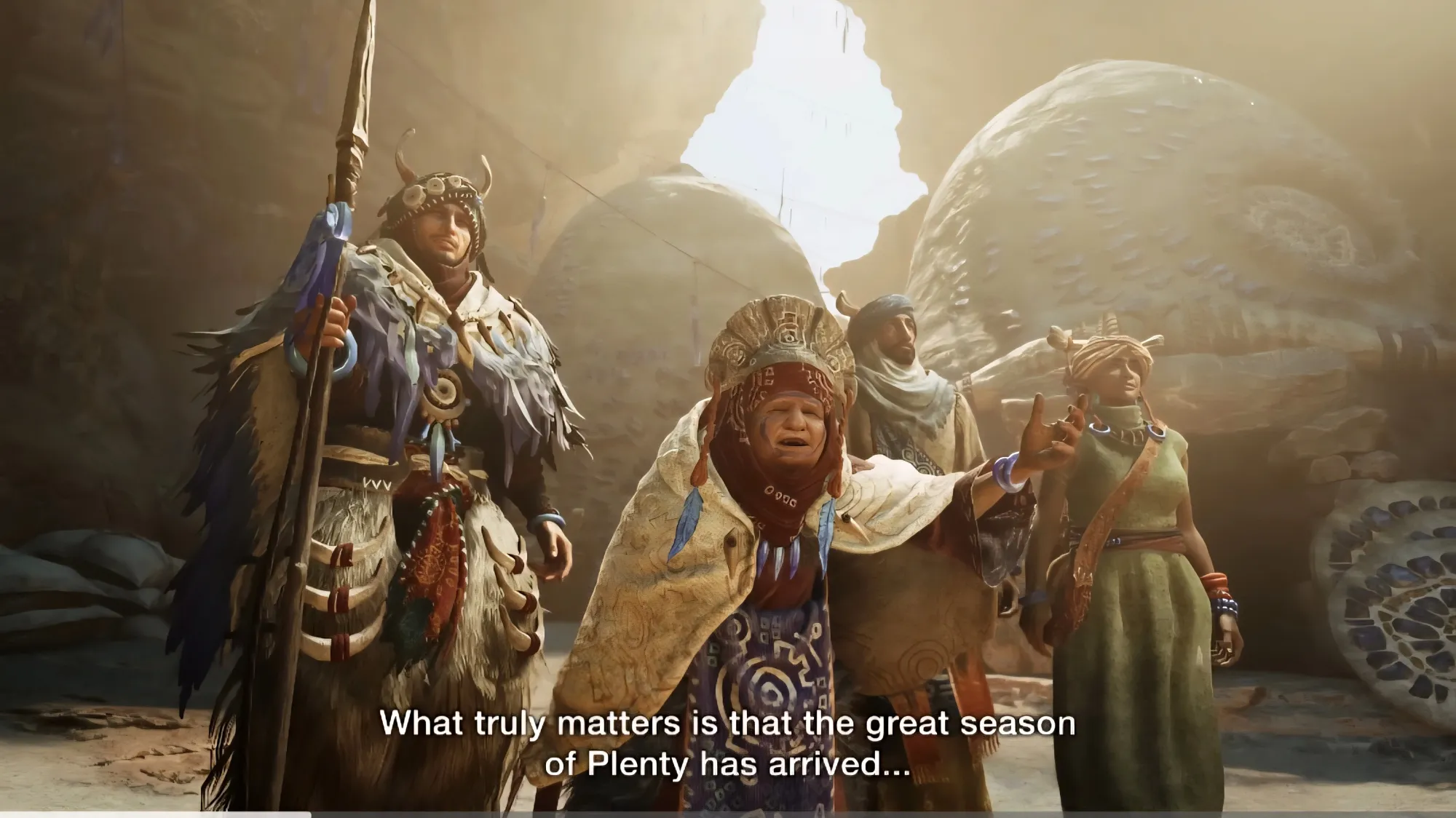
Gameplay Innovations – Hunts Evolved
Wilds isn’t just “Monster Hunter, but bigger.” It’s different.
- Open-World Exploration – No loading screens, just miles of monster-filled wilderness.
- Ecosystem-Driven AI – Creatures react to climate, prey, and each other in unpredictable ways.
- Combat Mounts – Ride, fight, and chase across huge maps with new mounted attacks.
- Co-op Reimagined – Better tracking tools and synchronized attacks make team hunts smoother and deadlier.
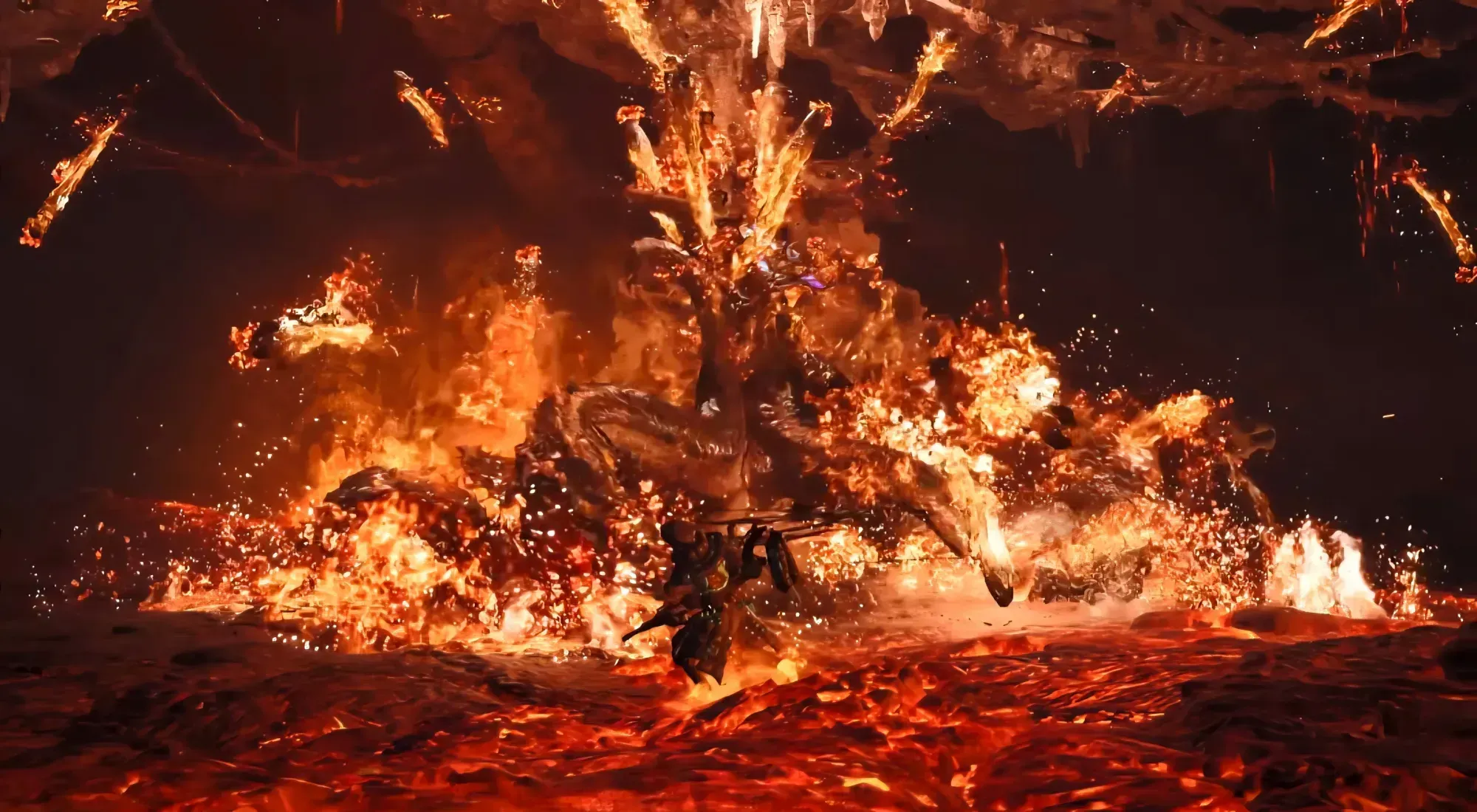
Monsters – New Beasts, Old Legends
The trailers tease a desert-camouflaged wyvern that blends into dunes, and a horned juggernaut capable of summoning sandstorms. Fan favorites like Rathalos and Tigrex are rumored to return—because some legends can’t be left behind.
Exploration Depth – A World Three Times Bigger
Capcom claims the world is three times the size of Monster Hunter World’s combined maps. You’ll find ancient ruins, predator-filled caves, and hidden ecosystems that evolve over time—meaning the same spot can feel completely different a few in-game weeks later.
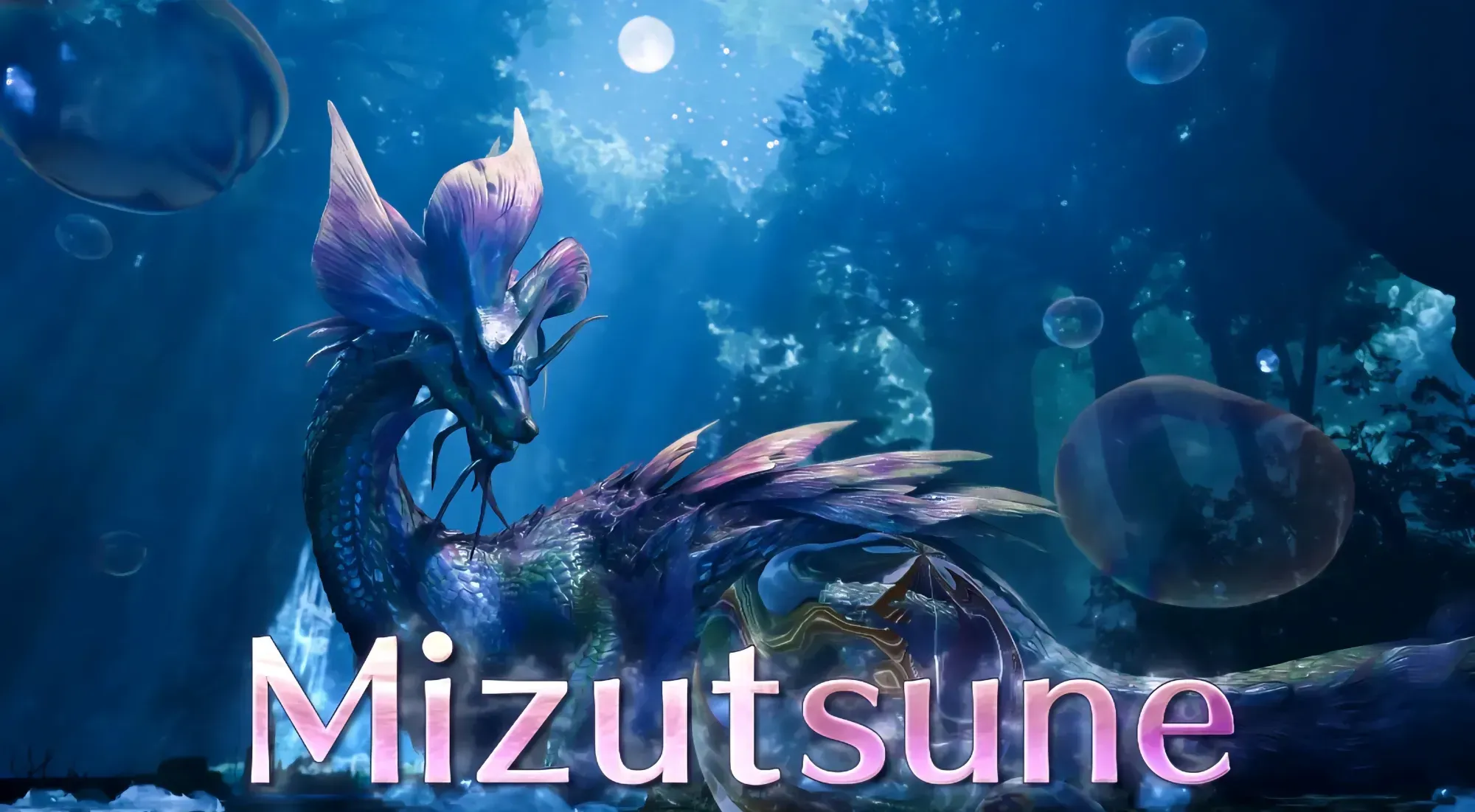
Visuals & Cinematics – Built for Next-Gen
With no last-gen limits, Wilds delivers:
- Jaw-dropping photo-realistic environments.
- Cinematic monster animations that make every encounter feel like a boss fight.
- Seamless cutscenes—sometimes you won’t even notice you’ve left gameplay.
Early Critical Reception – Praise and Caveats
The critics came out swinging:
- Metacritic: ~89–90, with 95% recommendation rate.
- Famitsu: 39/40.
- Many call it the most cinematic Monster Hunter ever, with world design that rivals open-world RPGs.
But even early on, some hinted that performance hiccups and pacing might cause trouble later.

Real Player Reactions – The Good, The Bad, and The Hilarious
🔥 Positive:
“What’s so special about this game? … Hit big monster with hunks of monster. Unga bunga, big number, big crack, big smile.”
“I’m a new Hunter and Wilds has me fully hooked—can’t put it down!”
⚖️ Mixed:
“Combat is the most fun I’ve had in MH… but why bother with a story?”
💢 Critical:
“They won’t even let you stray to grab items—it kills the fun.”
“The grind is gone… and so is the reward.”
Post-Launch Performance & Updates
The launch wasn’t perfect.
- PC Performance Issues – Tanked Steam reviews to ~12% positive.
- Endgame Woes – Lack of challenge drove veterans away fast.
- Capcom’s Response – Patch Ver. 1.021 added 9★ Tempered monsters, rebalanced weapons, and new talismans.
- Player Sentiment – Climbed to ~20% positive by August 2025.
- Sales Story – 10M units in month one… but a 95% sales drop soon after, rattling investors.
Monster Hunter Wilds – System Requirements
Minimum (30 FPS @ 1080p, Low Settings)
- OS: Windows 10 or 11 (64-bit)
- CPU: Intel Core i5-10400, Core i3-12100, or AMD Ryzen 5 3600
- RAM: 16 GB
- GPU: NVIDIA GeForce GTX 1660 (6 GB VRAM) or AMD Radeon RX 5500 XT (8 GB VRAM)
- Storage: 75 GB SSD DX: DirectX 12
Recommended (60 FPS @ 1080p, Medium Settings with Frame-Generation)
- CPU & RAM: Same as minimum (i5-10400 / Ryzen 5 3600, 16 GB)
- GPU: NVIDIA RTX 2060 Super or AMD RX 6600 (both 8 GB VRAM) Storage: 75 GB SSD
⚠️ Note: 60 FPS can be achieved only with GPU frame-generation techniques (e.g., RTX frame gen, FSR)
High (1440p, High Settings with Frame-Generation)
GPU: NVIDIA RTX 4060 Ti (8 GB VRAM) or AMD RX 6700 XT (12 GB VRAM)
Ultra (4K, 60 FPS with Frame-Generation)
- GPU: NVIDIA RTX 4070 Ti (12–16 GB VRAM) or AMD RX 7800 XT (16 GB VRAM)
- CPU: Intel Core i5-11600K / i5-12400 or AMD Ryzen 7 5800X / 7700
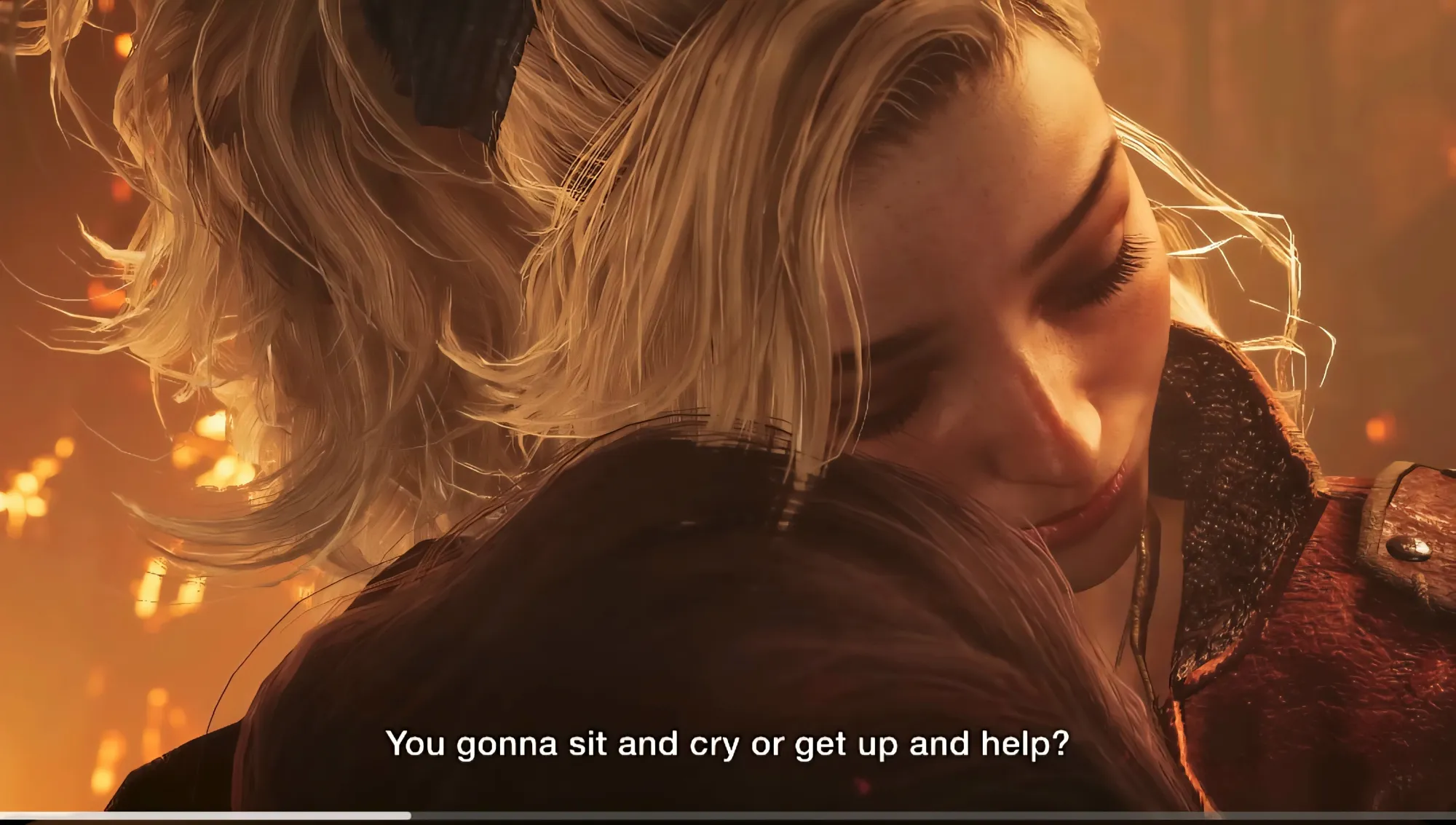
Final Verdict – The Hunt Continues
Monster Hunter Wilds is a technical marvel with a living, breathing world unlike anything in the series before. It’s gorgeous. It’s ambitious. But in streamlining the grind and tripping over performance issues, it risks alienating the very players who made the series a legend. If Capcom keeps feeding it post-launch content, this could still grow into one of the greats.


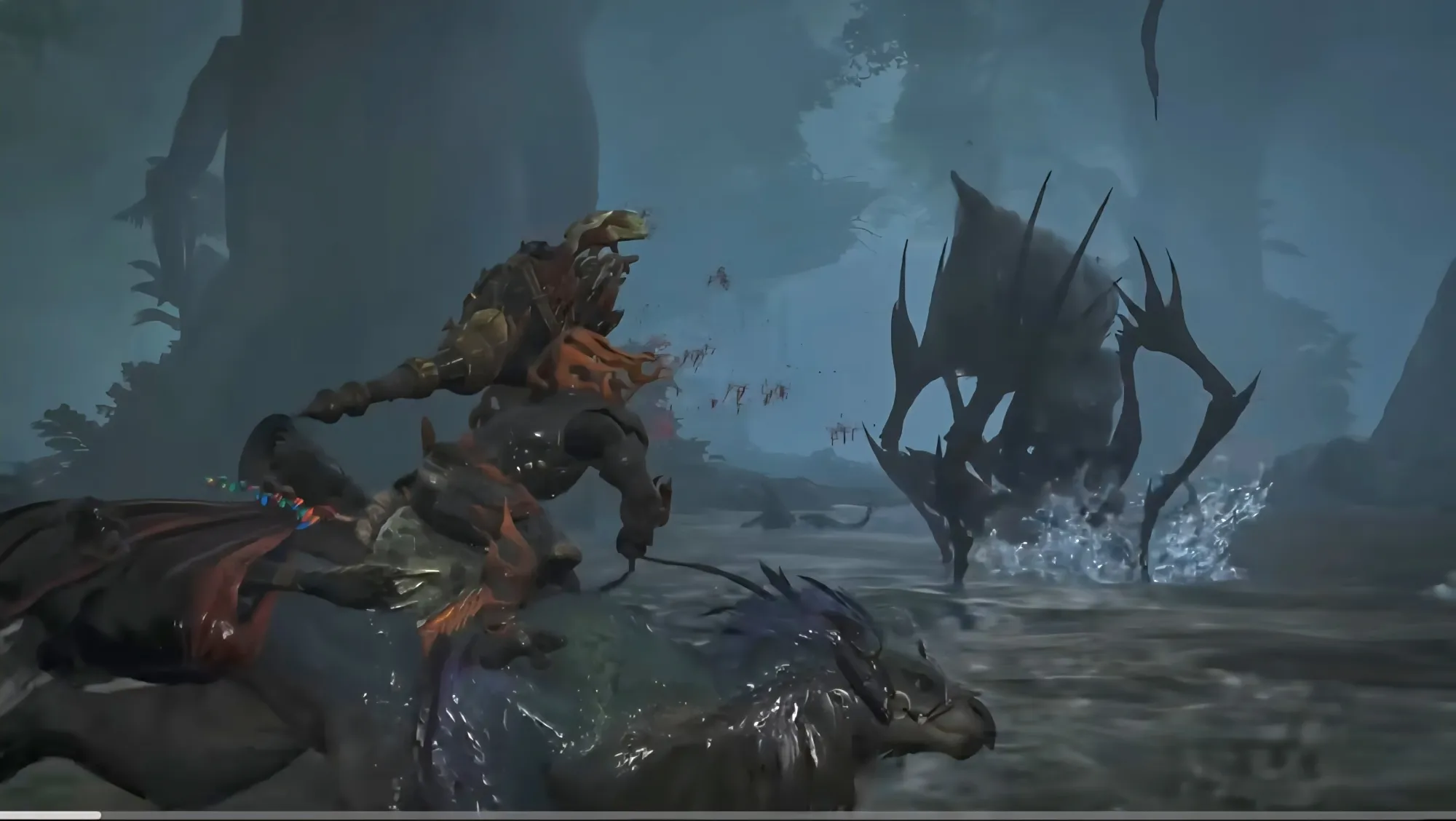
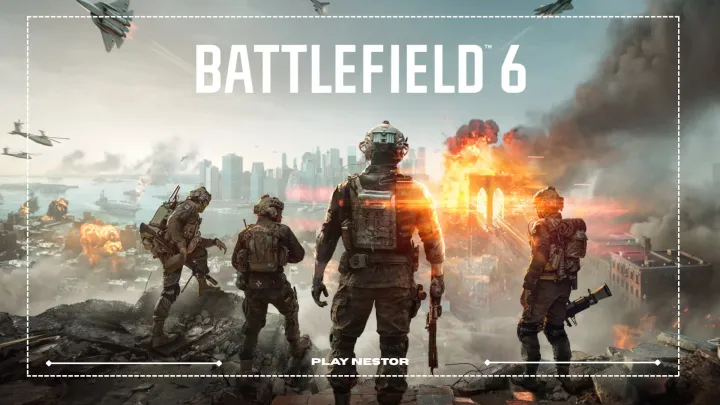
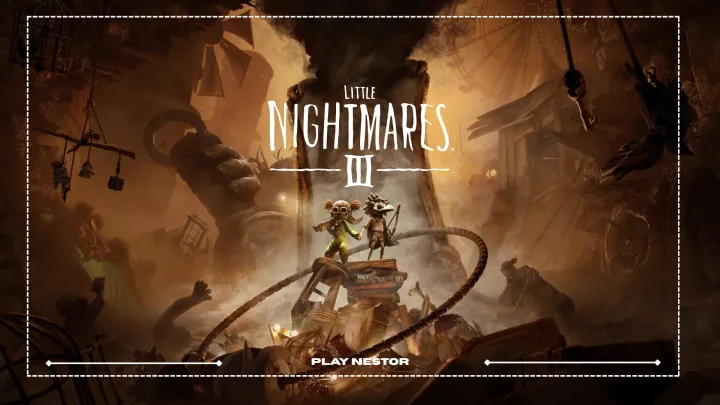

Comments ()